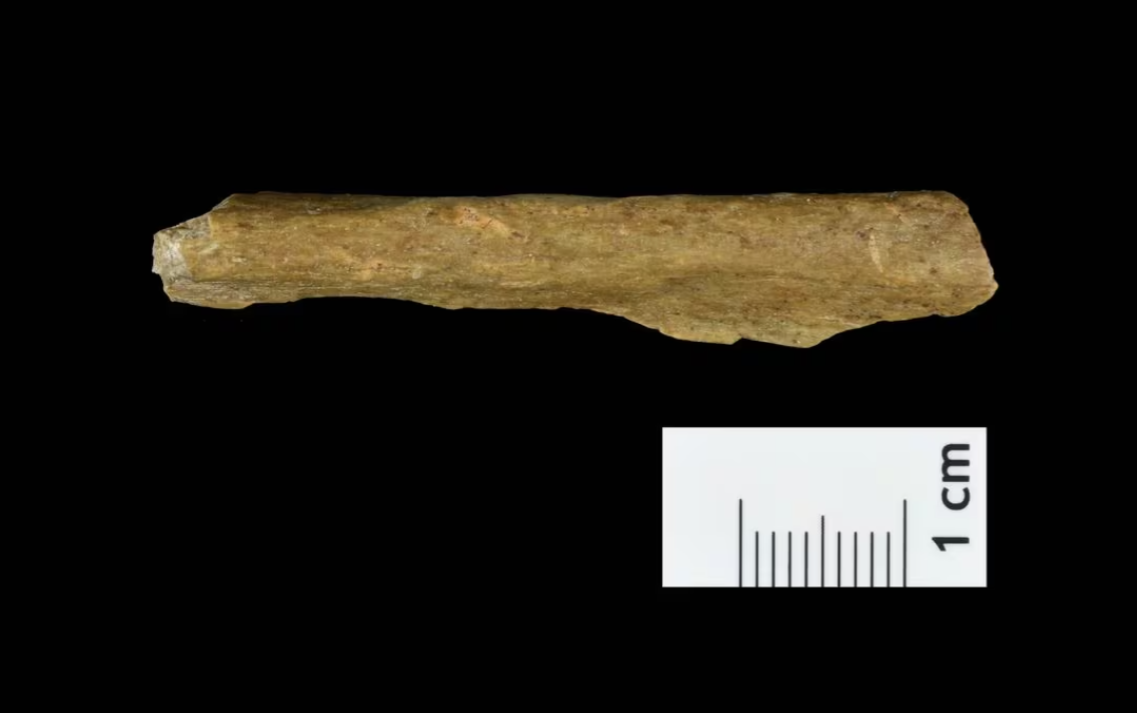
©Reuters
Pre-reading questions:
- What comes to mind when you think about the early history of human beings?
- Where do you imagine these early humans lived, and what challenges do you think they faced in their environments?
Vocabulary:
- belief /bih-LEEF/
- adapt /uh-DAPT/
- investigation /in-ves-ti-GEY-shuhn/
- crucial /KROO-shuhl /
- climate change /KLAHY-mit cheynj/
[noun] – a conviction or acceptance that something is true or exists
The community held a strong belief in the power of unity.
[verb] – to adjust or change in response to new conditions or circumstances
The plants had to adapt to the arid environment by developing drought-resistant features.
[noun] – the process of examining or researching in detail to discover facts or analyze a situation
The detective conducted a thorough investigation to solve the mystery.
[adjective] – extremely important or necessary; decisive
The first few minutes of a job interview are crucial in forming an initial impression.
[noun] – long-term changes in the average weather patterns that have significant and lasting effects on ecosystems
Scientists emphasize the urgency of addressing climate change to mitigate its adverse impacts on the planet.
Article reading:
Published in Nature and Nature Ecology & Evolution, the research proposes that early Homo sapiens, originating from warmer Africa, may have played a role in Neanderthal extinction around 40,000 years ago. The study suggests that these Homo sapiens adeptly adapted to the cold environment, engaging in hunting large mammals in the region. This discovery not only sheds light on early Homo sapiens’ movements in Europe but also resolves the debate over the origin of specific stone artifacts, indicating their crafting by Homo sapiens rather than Neanderthals. Further investigation is crucial to understanding the full impact of climate change and Homo sapiens’ arrival on Neanderthal extinction in Europe.
Comprehension questions
- What is reshaping early Homo sapiens history in Europe?
- Who discovered the 13 skeletal remains in Ilsenhöhle cave, and where was it located?
- What challenges did small groups of hunter-gatherers face in Ilsenhöhle cave, and how did they respond to these challenges?
- What culture was previously attributed to Neanderthals but is now connected to Homo sapiens?
- According to the research published in Nature and Nature Ecology & Evolution, where did early Homo sapiens originate from, and what role might they have played in Neanderthal extinction?
Discussion questions
- Have you ever visited a historical site or cave with archaeological findings? If yes, what was your experience like? If not, would you be interested in exploring such places in the future?
- Do you think adaptation to different environments is essential for human survival? If yes, can you share an example from your life or history where adaptation played a crucial role? If not, what factors do you believe contribute more to survival?
- Do you think the discovery of the bone fragments challenges or supports the previous belief about when Homo sapiens settled in Europe’s colder regions?
- How might the early arrival of Homo sapiens in Europe’s colder regions impact our understanding of human adaptation and survival during the Ice Age?
- Reflecting on the LRJ culture connected to Homo sapiens, why do you think the attribution of certain stone artifacts to Neanderthals was debated, and how does resolving this debate contribute to our understanding of early human cultures in Europe?